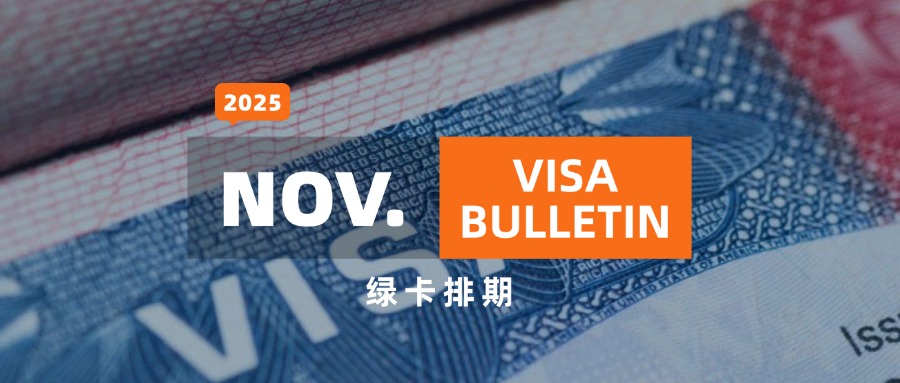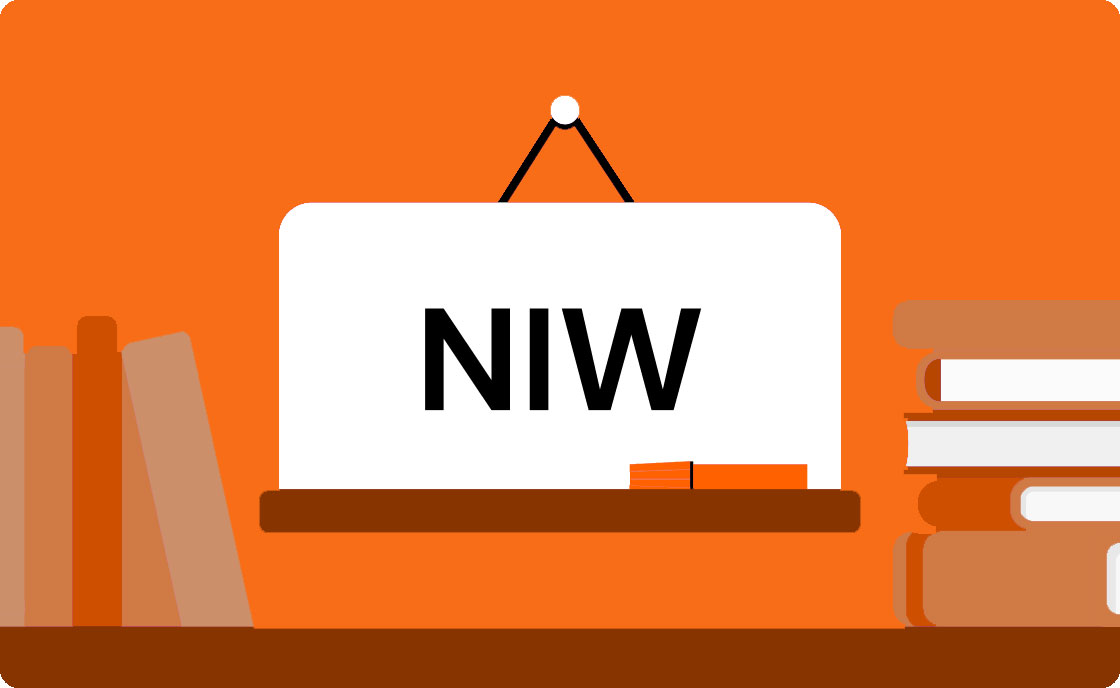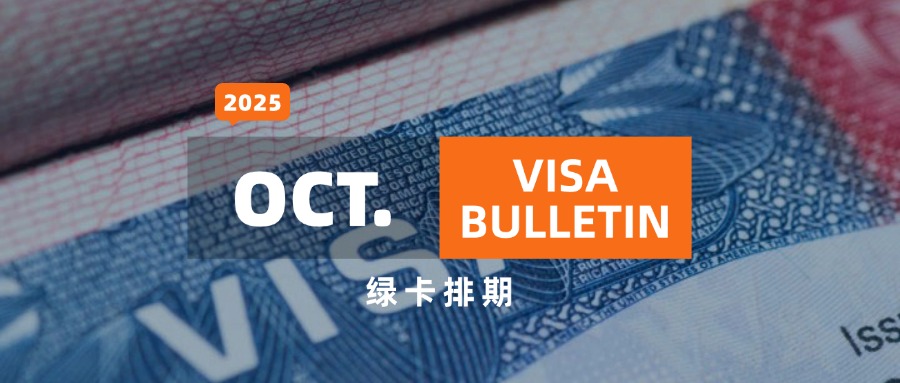
Starting a Private Equity Fund: Essential Structure and Investment Terms
Launching a private equity fund is a significant venture that demands careful planning and understanding of various legal, financial, and regulatory considerations. This article provides an overview of the essential structure and investment terms that form the foundation of a successful private equity fund.
Understanding Private Equity Funds
Private equity funds are pooled investment vehicles designed to invest in equity securities and real estate. These funds can range from early-stage venture capital funds to leveraged buyout funds and real estate funds. Each type of fund has unique characteristics, but they all share a common goal: to generate substantial returns for investors by investing in illiquid assets over a fixed term.
Structural Considerations
Closed-End Structure
Private equity funds are typically structured as closed-end funds. This means they have a fixed term, usually between five to ten years, during which investors cannot withdraw or make additional contributions. Capital is returned to investors only upon the sale or refinancing of a fund asset or from positive cash flow generated by the fund’s operations. Once an investment is sold, it cannot be reinvested in the same fund; instead, the fund sponsor would create subsequent funds for reinvestment purposes.
Domestic Fund Structure
A domestic private equity fund usually involves several entities:
- Limited Partnership (LP): Often formed in Delaware, this entity acts as the fund.
- Investment Manager: An LLC formed in the sponsor’s jurisdiction to manage the fund.
- General Partner (GP): Another LLC formed in the sponsor’s jurisdiction, responsible for managing the fund’s operations and making investment decisions.
These entities help separate management fees and carried interest, which are crucial for liability management and operational efficiency.
Offshore Fund Structures
For funds seeking to attract offshore and tax-exempt U.S. investors, structuring options include:
- Master-Feeder Structure: This involves a domestic feeder fund and an offshore feeder fund (in a tax-free jurisdiction) that invest in a single offshore master fund where all trading occurs.
- Parallel Fund Structure: This consists of a U.S. fund and an offshore fund that invest in parallel but maintain separate portfolios.
Popular jurisdictions for offshore funds include the Cayman Islands and the British Virgin Islands (BVI), both known for their business-friendly environments and robust legal frameworks.
Investment Terms
Setting the right investment terms is critical for protecting both the fund sponsor and the investors. These terms are influenced by the fund’s strategy, market trends, and specific objectives.
Fund Expenses
The fund sponsor must designate which expenses will be borne by the fund and which by the manager. Typical fund expenses include formation costs, accounting and legal services, regulatory fees, brokerage costs, and administrative filings.
Sponsor Fees
Fund sponsors earn compensation through carried interest (typically around 20% of the fund’s net capital appreciation) and various fees. The most common fee is an investment management fee, which ranges from 0.5% to 2% annually, based on committed or contributed capital. Other potential fees include property management fees, leasing fees, and financing fees.
Capital Commitments and Preferred Return
Investors commit a specific amount of capital to the fund, which is called upon by the sponsor as needed (capital call). The committed capital is returned only upon capital events like asset sales or refinancings.
Many private equity funds offer a preferred return, usually between 6% to 12% of the initial capital contribution. This return is accrued annually and distributed according to the fund’s distribution provisions.
Distribution Waterfall
The distribution waterfall outlines the order of payments to investors and the sponsor:
- Preferred Return/Recovery Phase: Investors receive distributions first until their preferred return and capital contributions are fully paid.
- Catch-Up Phase: After the preferred return is satisfied, remaining funds are split between investors and the sponsor, with the sponsor receiving a higher percentage (often 50-60%) until their carried interest is caught up.
- Carried Interest Phase: Finally, the remaining distributions are allocated based on the carried interest agreement, typically 20% to the sponsor and 80% to the investors.
Clawback Provisions
To ensure fairness, clawback provisions allow investors to recover unpaid amounts from the carried interest allocated to the general partner if the fund underperforms towards the end of its term. Fund sponsors should maintain reserves to address potential clawback liabilities.
Conclusion
Starting a private equity fund requires a comprehensive understanding of its structure and investment terms. By carefully planning and consulting with experienced legal professionals, fund sponsors can create a robust framework that attracts investors and drives successful outcomes. For further guidance, consider reaching out to specialized legal counsel to navigate the complexities of private equity fund formation.


